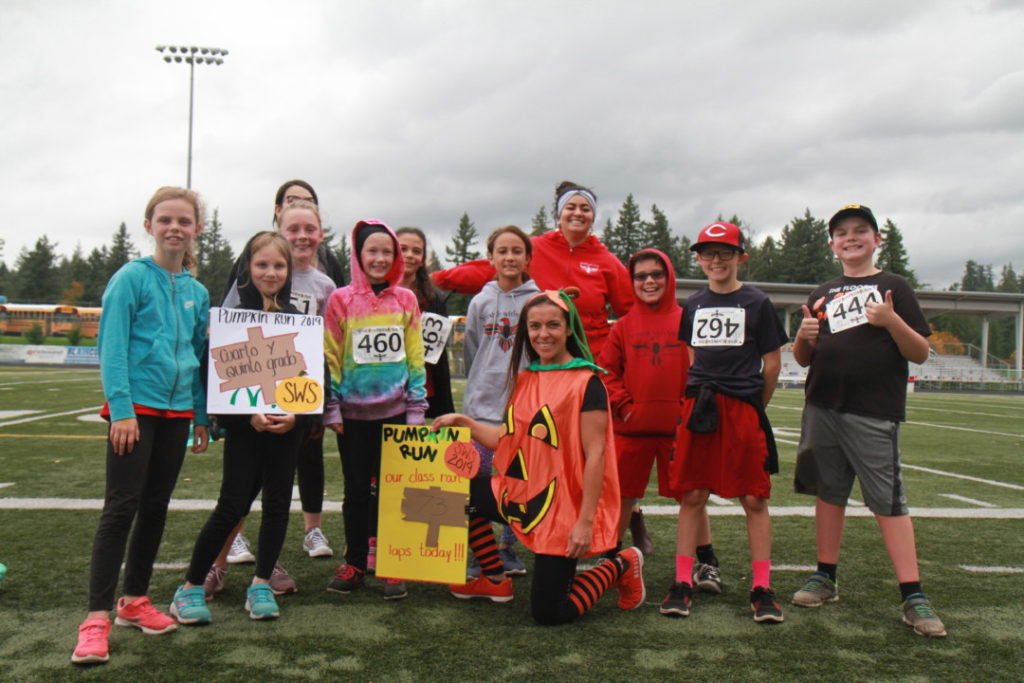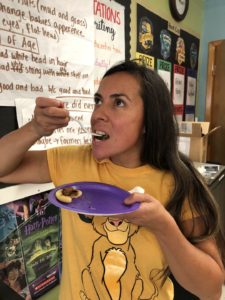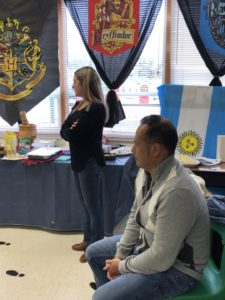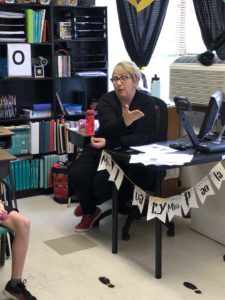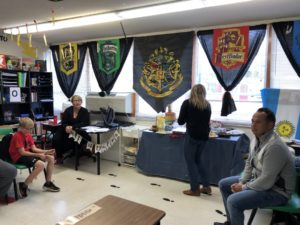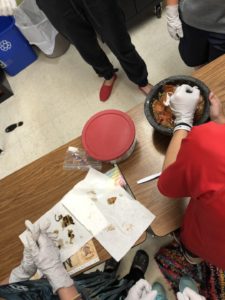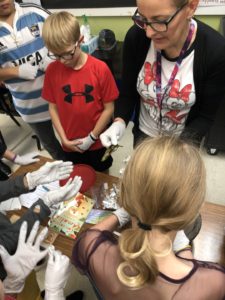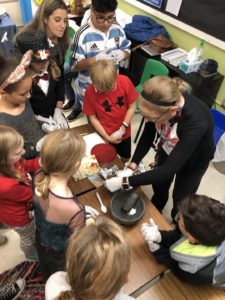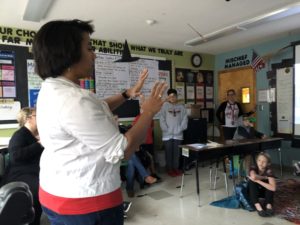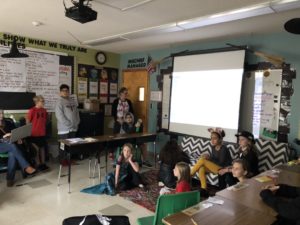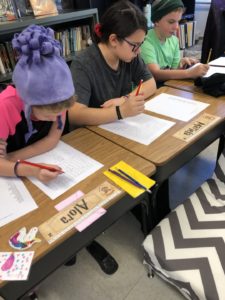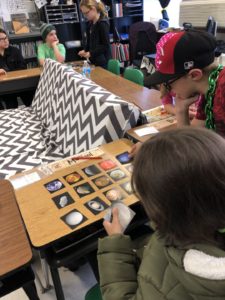History & Geography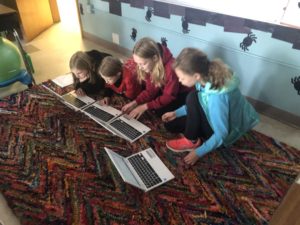
This week we continued learning about the Age of Exploration. Our objectives were:
- explain why Portugal launched missions of exploration
- explain why Europeans needed spices
- identify new technologies that allowed Europeans to launch voyages of exploration
Students also received their explorer for their presentation at the end of this unit. Their speech will be written entirely in class but students are encouraged to dress up!
Mathematics
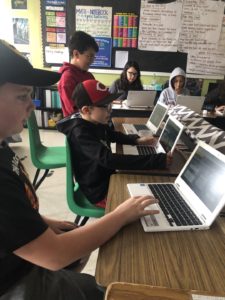 This week we continued working with multiplication and division . Our objectives were:
This week we continued working with multiplication and division . Our objectives were:
- divide by a 2-, 3-, or 4-digit number by a 2-digit number
- use order of operations to simplify a numeric expression
- use efficient strategies to solve multi-step problems involving multiplication and division
- express and interpret the product or quotient appropriately
Lectura
As we conclude our first unit in literacy, we look back to our original questions: What is cultural heritage? How is cultural heritage passed through generations. and why is it important? We were fortunate to welcome some wonderful guests speakers on Thursday. Denice from Republica Dominicana, Marilu from Mexico, Analia from Argentina, Carla from Argentina and Jose from Colombia, shared their perspectives and words of wisdom on the subject. What a wonderful opportunity for our students to experience. They not only had the pleasure of trying (and making!) delicious traditional foods from these countries, but also hear the diversity of the Spanish dialects spoken in Latin America. We were honored! Gracias!
We will be having our end of the unit assessment next week on Thursday October 24th. We had originally planned this assessment for Monday October 21st, but we have made a change to make sure we have enough time to be fully prepared and answer all the questions before the test. During this assessment students will be asked to apply reading comprehension strategies and skills, as well as their understanding of the Spanish grammar concepts seen this far. This includes: subject and predicate, common and proper nouns, adjectives and adverbs, verbs and verb phrases.
Ciencias
Focus question: How do the parts of the solar system interact?
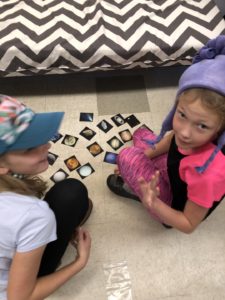 Students worked in pairs with a set of solar system cards. Based on previous knowledge, information on the cards, and information provided by the teacher, students organized the objects into a model of the solar system. Students had closely look at the description of the objects and sort them into different categories (generated by them). They also had to compare and contrast the objects using descriptive vocabulary.
Students worked in pairs with a set of solar system cards. Based on previous knowledge, information on the cards, and information provided by the teacher, students organized the objects into a model of the solar system. Students had closely look at the description of the objects and sort them into different categories (generated by them). They also had to compare and contrast the objects using descriptive vocabulary.
- The solar system includes a star, the Sun, and the objects that orbit it, including Earth, the Moon, seven other planets, their satellites, and smaller objects.
- The pulling force of gravity keeps the planets and other objects in orbit by continuously changing their direction of travel.

